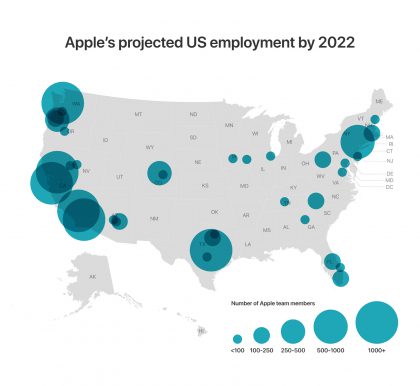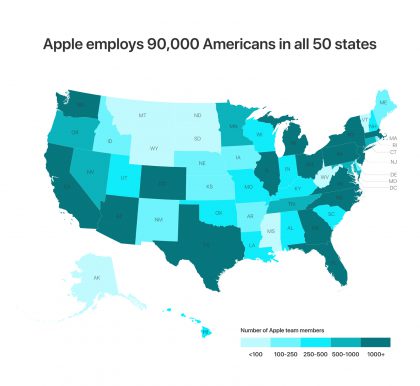Radu Dutzan:
The Mac is a stable, mature operating system. It carries the baggage of having been in the market for 35 years, but also the freedom of precise and reliable input mechanisms. When Apple created the iPhone OS, they decided to break free from the Mac’s interface conventions and start from scratch. A menubar and windows would be absurd in a tiny 3.5″ screen, and the tiny mouse targets are very hard to hit with fingers. Makes perfect sense: they’re completely different devices.
Absolutely.
Fast forward to almost-2019: the iPad is now “Pro”, the screen goes up to 13″, it has an optional keyboard and pointing device, and bests over half the MacBook line in benchmarks. Yet it still runs the iPhone’s OS.
The Mac interface has kept to its roots, but has also been completely torn down and rebuilt from scratch. The core of the interface is windows, the menu bar, and the mouse. Windows still behave much the same as they did from the beginning (the controls have evolved, but the similarities from now to the original windows are recognizable). The mouse still works pretty much the same way. And the menu bar still carries command-key shortcuts and many of the same commands.
The underlying OS wiring, the “plumbing”, is completely different, but the user experience evolved slowly and remains recognizable.
Radu writes about his experience using Luna Display, which lets you use your iPad Pro as a front-end for your Mac, touch-screen and all. It is a compelling read.
It’s not perfect (even though it looks really good). Luna Display doesn’t have a software keyboard, so without the Keyboard Folio or some other keyboard, it’s useless, and even though you can scroll with two fingers on the screen, other trackpad gestures (like 3-finger swipes for Mission Control) just don’t work.
And:
Besides, things look just tiny—not because they’re being scaled (they’re not), but because everything on the Mac is just smaller. The Mac’s mouse pointer is precise down to 1 screen point, and because the cursor is responsive to changes in tracking speed, it’s easy to control it with precision, so there’s no need for the huge tap targets we find on iOS.
And that last is a key difference between a mouse driven and a touch driven device. My fingers are big and fat, hiding any pixels I want to tap. iOS takes this into account, building finger diameters into the equation when calculating touch targets. While Mac mouse targeting can be extremely precise, iOS knows your fingers just can’t be that precise. As Radu says, everything on the Mac is just smaller.
What does the future hold? Will we find some middle ground, where macOS and iOS meet each other, each compromising some aspect of their UI?
Or, perhaps, will iOS take a page from the macOS playbook, keeping the overall foundations, but doing a complete redo on the internals, building something designed for the incredible power of the A13X Bionic chip and all that built in neural net support, yet with flexibility for macOS complexities, such as a menu bar and a sophisticated windowing system.
Great read, Radu.



